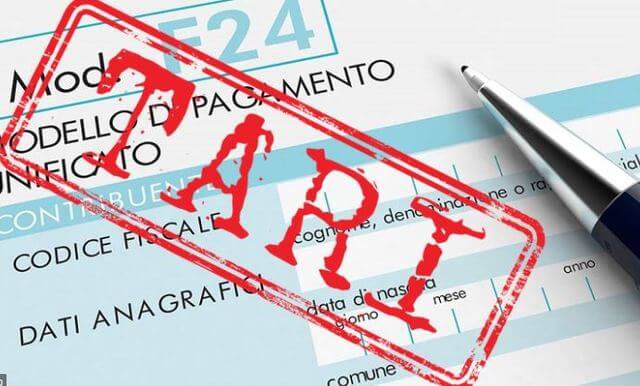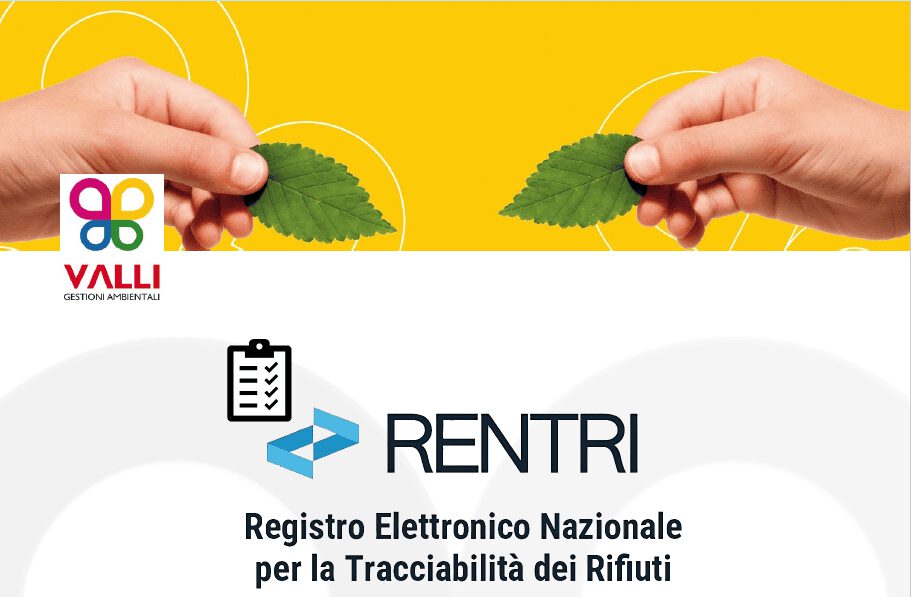On 12 April 2021, the Ministry of Ecological Transition (MITE) issued the Circular prot. 0037259 having as its subject: Legislative Decree 3 September 2020, no. 116. Clarifications on some issues also related to the application of the TARI referred to in art. 1 paragraphs 639 and 668 of Law no. 147 of 27 December 2013.
This Circular deals with the issue of the subjection of non-domestic users to the TARI following the entry into force of Legislative Decree 116/2020 and also in light of the recent Legislative Decree 41/2021 containing urgent measures in the field of support for businesses and economic operators, employment, health and territorial services, related to the COVID-19 emergency, referred to in the News Support Decree, communication of non-domestic users by 31 May 2021.
Tari Users: What to Know About Variable Quotas in Similar Waste to Municipal Waste
The aforementioned users, in fact, have the possibility of being granted a reduction in the variable portion of the TARI according to the quantities of urban waste sent for recovery outside the public service.
In this regard, it should be briefly remembered that in the transposition of the European directives on waste and implementation of other European Union acts, important amendments have been introduced to Legislative Decree 152/2006 in Part IV relating to waste management and the remediation of polluted sites.
In particular, Legislative Decree 116/2020 intervened on art. 183 of Legislative Decree 152/2006, introducing in paragraph 1, lett. (b-b), the definition of “municipal waste”, bringing it into line with the EU definition and identifying, in point 2, waste from other sources similar in nature and composition to household waste, i.e. the waste indicated in Annex L-quarter produced by the activities listed in Annex L-quinquies referred to in Legislative Decree 152/2006.
Redefinition of Waste Assimilable to Municipal Waste. With this measure, the previous regulation of the assimilation, in terms of quality and quantity, of special non-hazardous waste to municipal waste is totally superseded.
Article 198 of Legislative Decree 152/2006 provides that non-domestic users may dispose of their municipal waste outside the public service, subject to proof that they have sent it for recovery by means of a certificate issued by the person carrying out the waste recovery activity.
Article 238 of Legislative Decree 152/2006, paragraph 10, also provides for the exclusion from payment of the variable component of the waste management tariff, in relation to the quantity of waste delivered, for non-domestic users who produce urban waste and deliver it outside the public service, demonstrating that they have sent it for recovery through the aforementioned certificate.
In other words, where non-domestic users choose to deliver urban waste outside the public service, the fixed quota remains due, while the variable quota will be deducted from the calculation of the TARI, in relation to the quantity of waste sent for recovery using the market.
Legislative Decree 152/2006 establishes that the choice to use the public service operator, or to use the market, must be made for a period of not less than five years, a period of time considered appropriate to ensure the stability and continuity of the collection service by the Municipalities.
Circular tari Ministry of Ecological Transition: Time Indication
This period applies not only in the case of entrustment to a third party, but also if the non-domestic user chooses the public service. The circular also specifies that this time indication is not binding for the purposes of awarding the service, since it is possible to change private operator during the five-year period, or return to the public one, in the latter case provided that the public service manager has the possibility of resuming the provision of the service.
According to the latest provisions, the choice of non-domestic users must be communicated to the Municipality, or to the Waste Service Operator in the case of a corresponding tariff, by 31 May 2021, with effect from 1 January 2022 (Note no. 8966 of the MITE of 03/05/2021).
Remember that if you would like to receive more information on Special Waste, how to manage it and the relevant regulations, you can request a Free Consultation by filling out the form with your request, or call us at035951198or write an email toinfo@valli-ambiente.it
In summary, the picture that emerges is as follows:
INDUSTRIAL ACTIVITIES – WASTE REFERRED TO IN ARTICLE 184, PARAGRAPH 3, LETTER c) OF Legislative Decree 152/2006
As far as industrial activities are concerned, urban waste is produced if it is areas that are NOT linked to industrial processing and other than warehouses of raw materials, goods and finished products, such as, for example, canteens, offices or premises functionally connected to them, for which waste levies continue to apply for both fixed and variable quotas.
Where non-domestic users choose to deliver municipal waste outside the public service, the fixed fee remains due and only the variable component is excluded, in relation to the quantity of waste sent for recovery by resorting to the market.
It is reiterated that the areas where industrial processing takes place are excluded from the application of levies on waste, including warehouses of raw materials, goods and finished products, both with reference to the fixed quota and the variable quota.
CRAFT ACTIVITIES LISTED IN ANNEX L-QUINQUIES TO PART IV OF LEGISLATIVE DECREE 152/2006
As regards craft activities, waste generated by craft activities referred to in Annex L-quinquies* is to be considered urban:
- Craft activities such as shops: hairdresser, barber, beautician.
- Craft activities such as workshops: carpenter, plumber, blacksmith, electrician.
- Body shop, garage, auto electrician.
- Craft activities for the production of specific goods.
*Activities not listed, but similar to them by their nature and by the type of waste produced, are considered to be included in the point to which they are similar.
having CERs/EER listed in Annex L-c, i.e. 200108 (Biodegradable waste from kitchens and canteens), 200201 (Biodegradable waste), 200302 (Market waste), 150101 (Paper and cardboard packaging), 200101 (Paper and cardboard), 150102 (Plastic packaging), 200139 (Plastics), 150103 (Wooden packaging), 200138 (Wood, other than that referred to in 200137*), 150104 (Metal packaging), 200140 (Metal), 150105 (Composite packaging), 150106 (Mixed material packaging), 150107 (Glass packaging), 200102 (Glass), 150109 (Textile packaging), 200110 (Clothing), 200111 (Textiles), 080318 (Spent printing toner other than that referred to in 080317*), 200307 (Bulky waste), 200128 (Paints, inks, adhesives and resins other than those referred to in 200127), 200130 (Detergents other than those referred to in 200129*), 200203 (Other non-biodegradable waste), 200301 (Unsorted municipal waste).
On the areas where the aforementioned municipal waste is produced, the waste levies continue to apply for both the fixed and variable quotas.
Where non-domestic users choose to deliver municipal waste outside the public service, the fixed fee remains due and only the variable component is excluded, in relation to the quantity of waste sent for recovery by resorting to the market.
CRAFT ACTIVITIES NOT LISTED IN ANNEX L-QUINQUIES TO PART IV OF LEGISLATIVE DECREE 152/2006
The Circular prot. 0037259 issued by the MITE on 12/04/2021 made it clear that considerations similar to those carried out with reference to waste deriving from industrial activities also extend to craft activities that produce special waste referred to in art. 184, paragraph 3, letter d), of the TUA, i.e. d) waste produced in the context of artisanal processing if different from that referred to in paragraph 2 (Municipal waste).
In other words, with regard to craft activities other than those listed in Annex L-quinquies (i.e. different from those listed in points 17.- 18. – 19.- 20 above), areas NOT related to craft processing and other than warehouses of raw materials, goods and finished products, such as, for example, canteens, offices or premises functionally connected to them, for which waste levies continue to apply for both the fixed and variable quotas.
Where non-domestic users choose to deliver municipal waste outside the public service, the fixed fee remains due and only the variable component is excluded, in relation to the quantity of waste sent for recovery by resorting to the market.
circolare_d._lgs._n._116_del_2020_applicazione_alla_tari.pdf
44525_093-2021to_allegato_lettera_a_ministri_cingolani_e_franco.pdf




